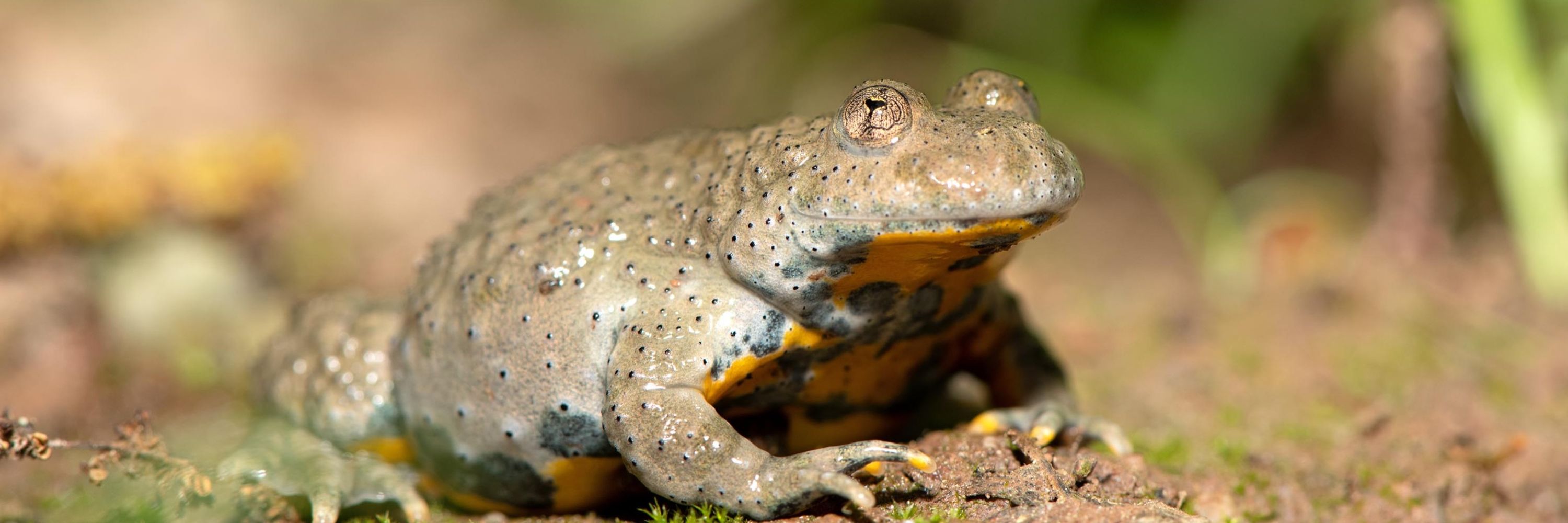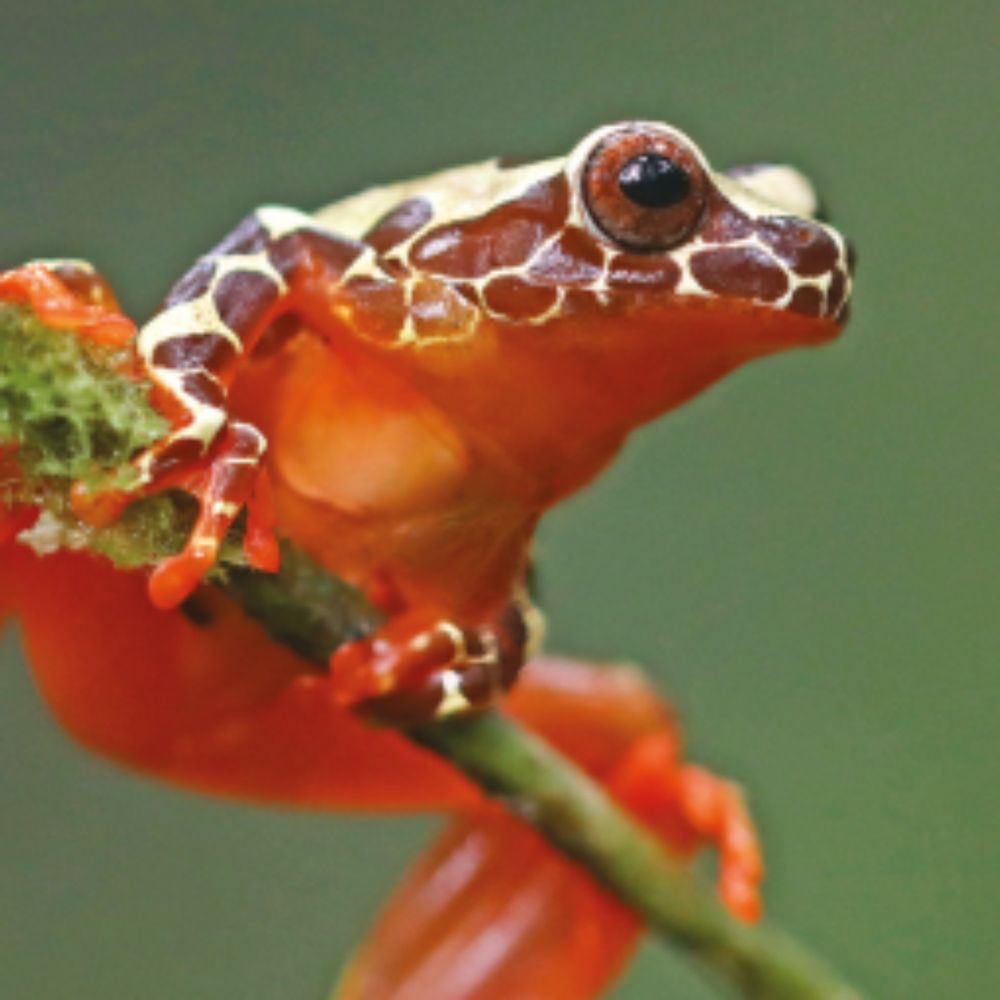
I'm based in northeastern France.
Conservation genetics • phylogeny • taxonomy • evolution • statistical ecology • amphibians • frogs.
#conservationbiology #frogs #amphibianconservation
sciencepress.mnhn.fr/en/collectio...

sciencepress.mnhn.fr/en/collectio...


royalsocietypublishing.org/doi/full/10....

royalsocietypublishing.org/doi/full/10....

✅Explicitly recognize and address the #biodiversity crisis
✅Explore positive futures
✅Defend academic freedom
✅Go political
✅Inspire society
✅Address the colonial legacy of ecology
Free to read: rdcu.be/eqjlk

✅Explicitly recognize and address the #biodiversity crisis
✅Explore positive futures
✅Defend academic freedom
✅Go political
✅Inspire society
✅Address the colonial legacy of ecology
Free to read: rdcu.be/eqjlk


www.salamandra-journal.com/index.php/co...
#amphibians #herpetology #newts #Mesotriton
www.salamandra-journal.com/index.php/co...
#amphibians #herpetology #newts #Mesotriton
vertebrate-zoology.arphahub.com/article/1386...
#amphibians #bombina #herpetology

vertebrate-zoology.arphahub.com/article/1386...
#amphibians #bombina #herpetology
crbe.cnrs.fr/en/parution-...
🐸🐸🐸
#herpetology #frogs #caecilians

crbe.cnrs.fr/en/parution-...
🐸🐸🐸
#herpetology #frogs #caecilians


